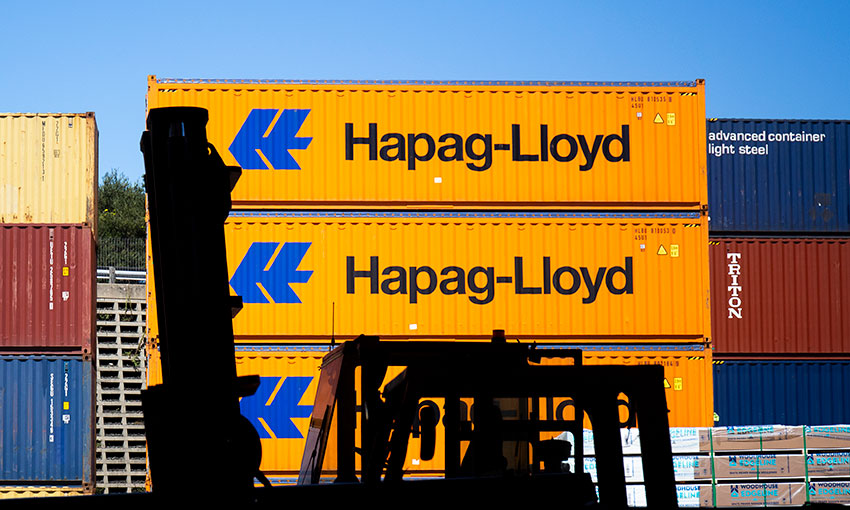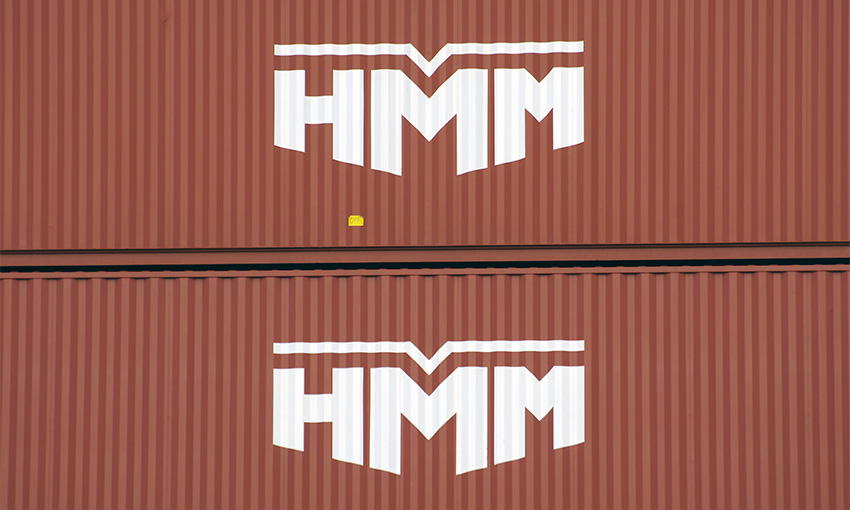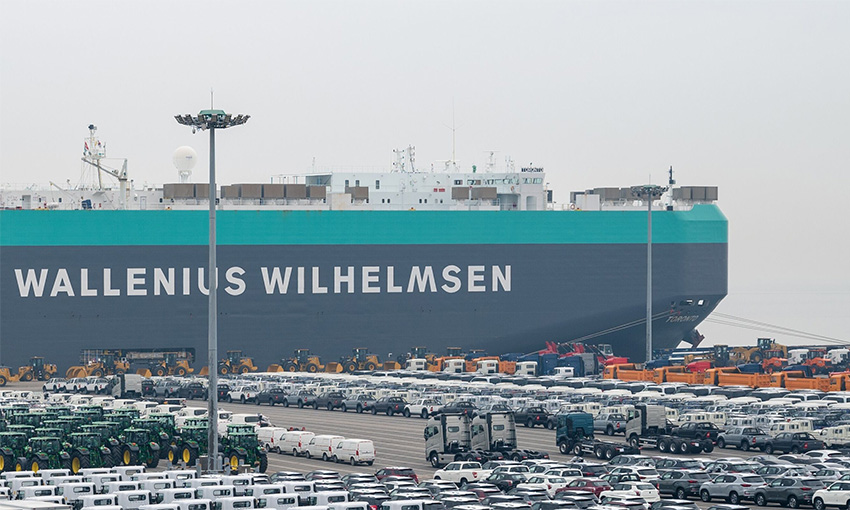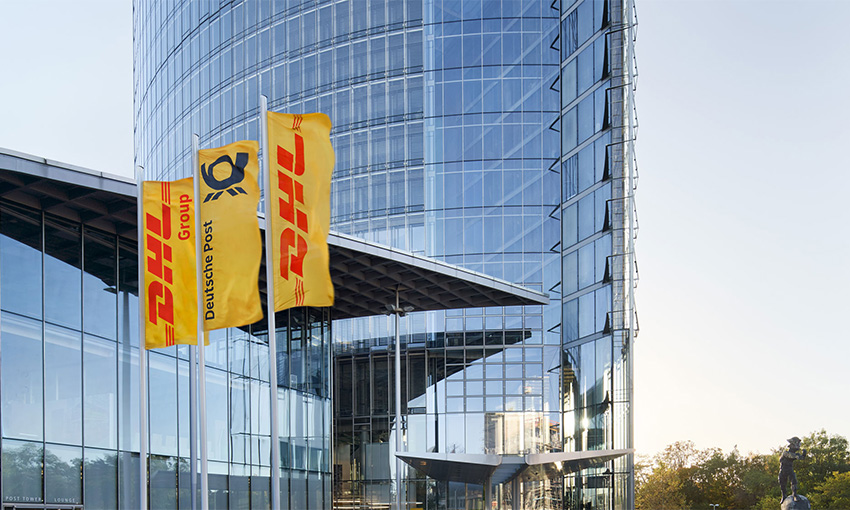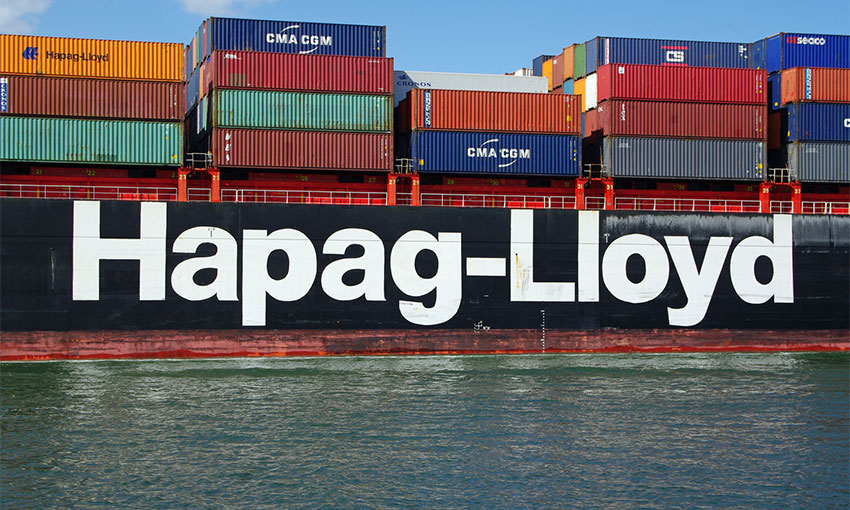SHIPPING LINE Hapag-Lloyd has published its financial and performance results for the first half year of 2021, confirming what it had forecast last week. That is, EBITDA of US$4.2 billion (€3.5 billion) compared to around US$1.3 billion (€1.2 billion) in the prior-year period.
Over the same period, the group’s profit climbed to US$3.3 billion (€2.7 billion).
Rolf Habben Jansen, CEO of Hapag-Lloyd said, “In a market with very strong demand for container transports, we have benefitted from significantly improved freight rates and look back on a very good first half year.
“Among other things, we were able to reduce our net debt by US$1.5 billion, although we paid out a significantly higher dividend compared to the prior year,” he said
Revenues increased in the first half year of 2021 by approximately 51%, to US$10.6 billion (€8.8 billion), mainly because of a 46% higher average freight rate of US$1612/TEU (H1 2020: US$1104/TEU).
The freight rate development was the result of high demand combined with scarce transport capacities and severe infrastructural bottlenecks. Transport volumes were up to 6004 TTEU and thereby 4% higher than the comparable figure for the previous year, which was impacted by a slump in demand in the second quarter due to the COVID-19 pandemic.
In addition, a roughly 6% lower average bunker consumption price, which amounted US$421 per tonne in the first half year of 2021 (H1 2020: US$448 per tonne), had a positive impact on earnings.
The company said while demand remains high in the current congested market environment, it is leading to a shortage of available weekly transportation capacity. For this reason, Hapag-Lloyd expects earnings to remain strong in the second half of the financial year.
EBITDA for the full year is expected to be in the range of US$9.2 to 11.2 billion (€7.6 to 9.3 billion) and EBIT to be in the range of US$7.5 to 9.5 billion (€6.2 to 7.9 billion).
“We are naturally pleased by this extraordinary financial result. But the bottlenecks in the supply chains continue to cause enormous strains and inefficiencies for all market participants and we have to do our utmost to resolve them jointly as soon as possible,” Mr Habben Jansen said.
“Looking at the market environment today, we however do not believe that the situation will return to normal any time soon – despite all the efforts made and the additional container box capacity that is being injected.
“We currently expect the market situation only to ease in the first quarter of 2022 at the earliest.”

